Advancing Inclusion Together
Together as people with and without disabilities, we turn advocacy into policy, define innovative design standards, and establish stronger sector partnerships to make more inclusive cities a reality.
Our Approach
Initiatives & Campaigns
We are advancing inclusion in housing through a broad range of ongoing strategic initiatives. They range from organizing and building power with disability communities, crafting policy recommendations, establishing new design standards, forging new cross-sector partnerships and providing ongoing training to housing leaders with disabilities.

Inclusive Design Standards
26% of people have a disability, yet it’s estimated that less than 6% of the national housing supply is designed to be accessible. As housing communities are created, they don’t often meet the diverse accessibility and inclusion needs of people with disabilities. While code sets the baseline for what’s required, no holistic guidelines define an implementable, progressive approach to creating truly accessible and inclusive housing. The Inclusive Design Standards aim to equip designers, builders, and developers with guidelines and frameworks for disability-forward housing creation.
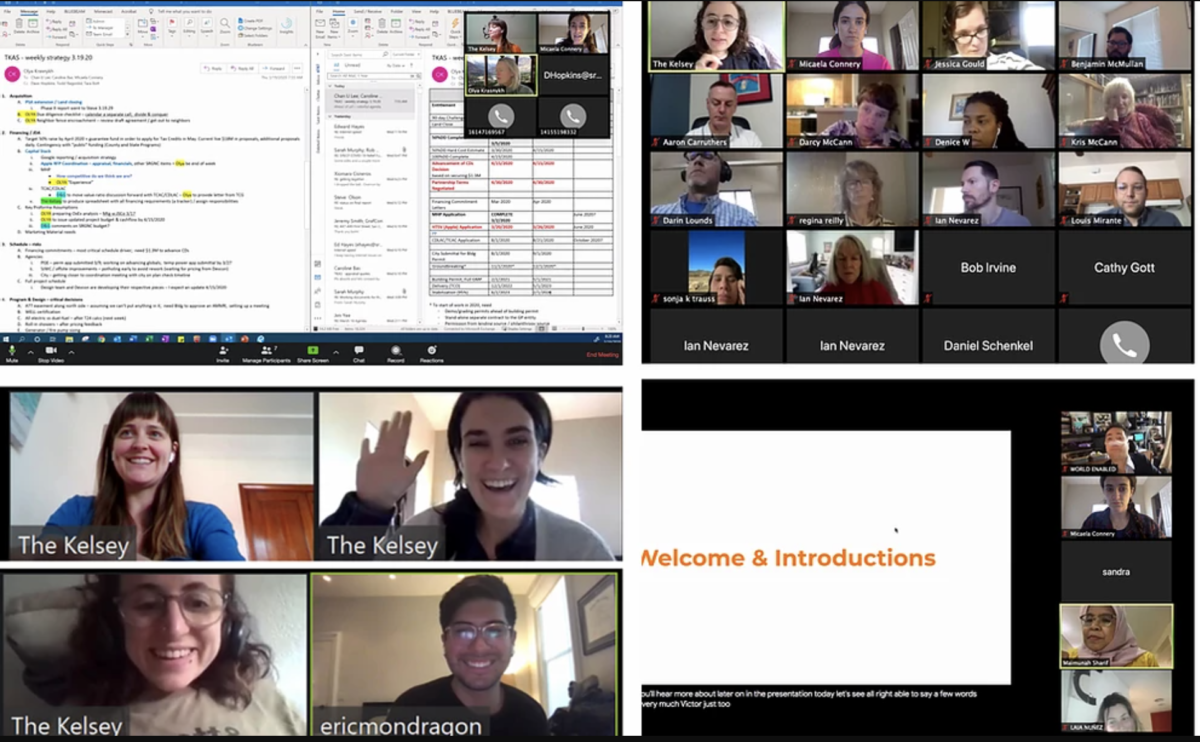
Working Groups & Advocacy Partnerships
Together with disability communities, we lead, facilitate, and partner with stakeholders to advance disability-forward housing policy change. For example, we convene state-level Disability-Forward Housing Working Groups, that bring affordable housing and cross-disability rights leaders together to build greater alignment across policy and practice. We co-chair the national Consortium for Constituents with Disabilities Housing Task Force, where we advise Congress, the White House, and key federal agencies on the housing needs and solutions for disabled people. In all this work, we elevate that housing policy must be both disability-inclusive, racially equitable, and center on the most marginalized in our communities.
Learn more about our Alabama Working Group.
Learn more about our California Working Group.

Disability & Housing Narrative Change Cohort
Convened by The Kelsey and facilitated by staff with lived experience, this year-long virtual cohort amplifies housing stories and insights from disabled leaders nationwide to elevate the need for disability-forward housing solutions. These stories dismantle the dominant narratives about disability and housing that continue to propel exclusionary, ableist policies and practices. Through meeting with narrative change experts and garnering the power of peer-to-peer support, members receive education and training on strategic storytelling for disability-forward housing policy and press and media engagement.
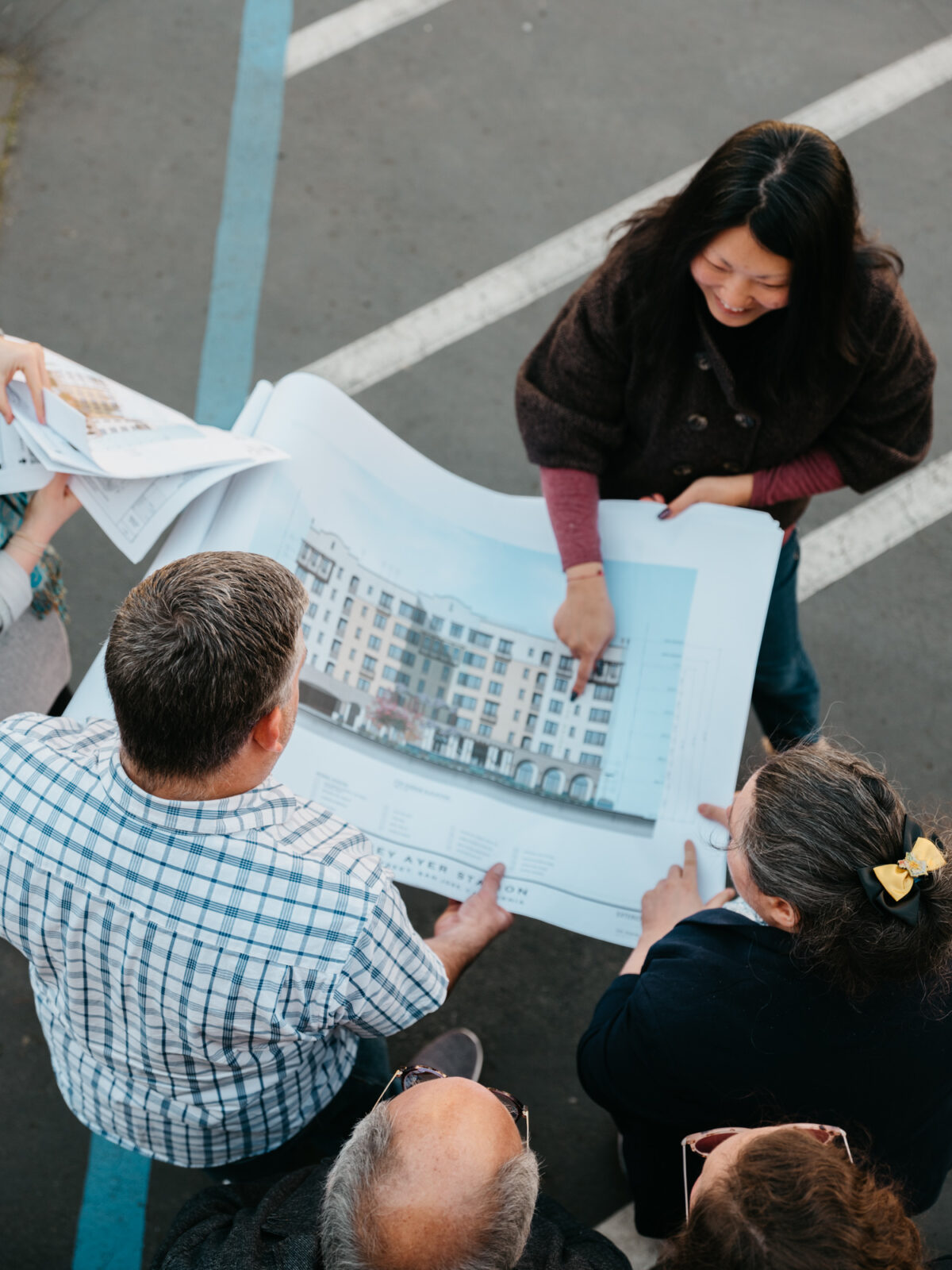
Capacity Building
The Kelsey provides technical assistance and project management for organizations across all stages of their disability-forward housing efforts. Whether structuring community engagement, doing site feasibility, selecting a development partner, overseeing a housing project launch, managing design partners, and beyond, we support people with a vision for inclusive housing to bring projects to life. Past clients include affordable housing developers, disability service providers, universities, housing finance organizations, and family groups. The Kelsey has supported 14 technical assistance projects across 9 states to date. We provide capacity at the intersection of housing and disability to support the development of inclusive, affordable, and accessible housing. Most of our Technical Assistance projects are grant-funded and we partner with our clients to help secure support for this work.
Contact us to explore your own capacity building needs.
“We see that not only physically are people with disabilities often isolated in their housing, but that the issue of the disability housing crisis really isn’t in the conversation.”
Learn Center

We are committed to open-sourcing ideas, best practices, and new strategies to advance a disability-inclusive housing field. The Learn Center includes toolkits, policy guides, reports, and resources for advocates, housing developers, and community organizations. Resources are free to access and have been used by people and organizations from across the globe.
View Resources
Our History
The realities of today are influenced by decades of disability rights and housing activism and policy. These are intertwined with The Kelsey’s founding story. Key inflection points inform and support our mission to create more equitable housing and community living opportunities for people with disabilities.
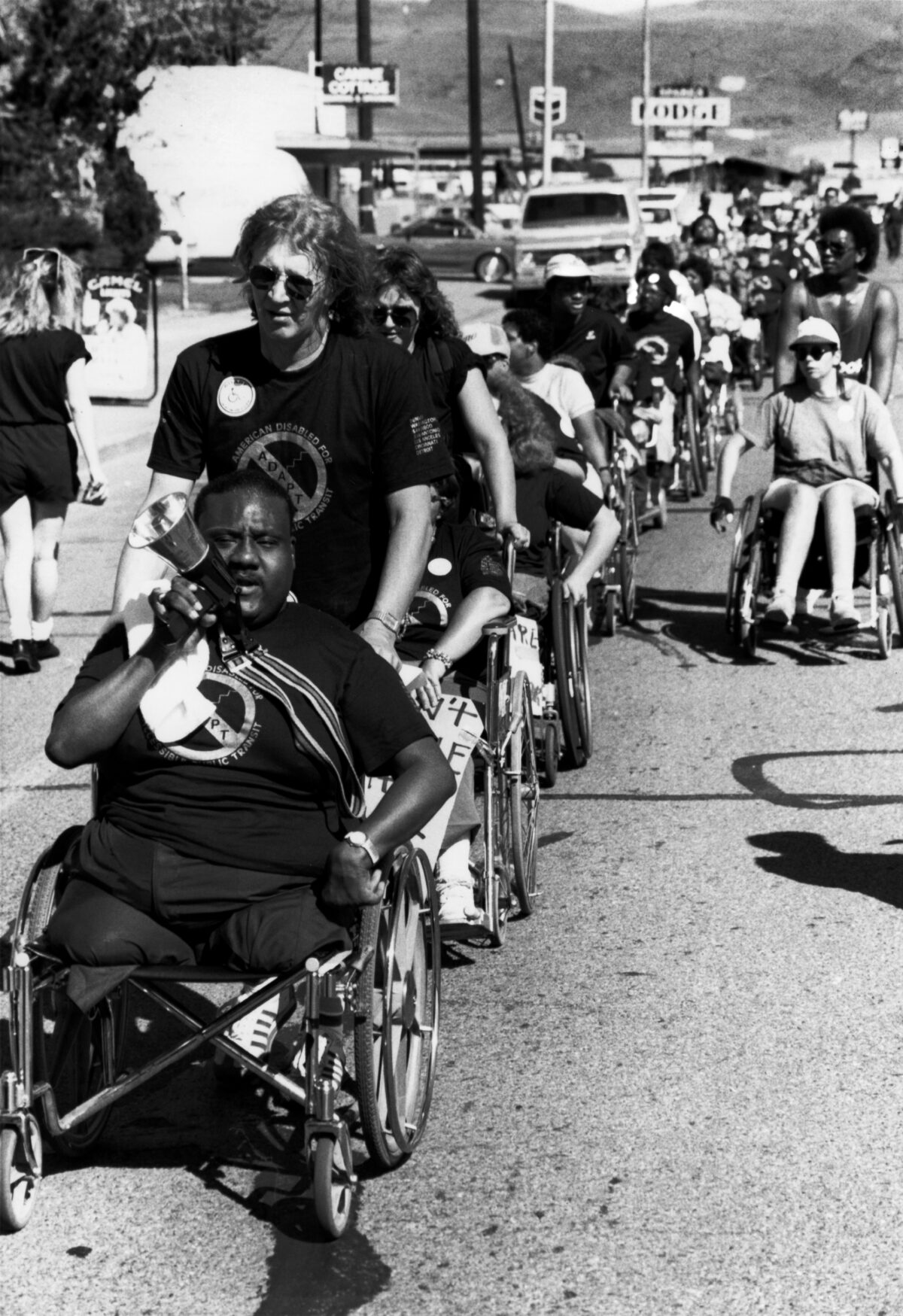
1962
The Independent Living Movement took off in Berkeley, California, when college students with disabilities organized for equitable access to learn and live where they wanted, in community. Disabled activists, including Ed Roberts, Don Galloway, and so many others, joined forces across the country to create a disability rights movement led for and by people with all types of disabilities. Whether it was some of the first curb cuts, the first Center for Independent Living (now there are hundreds around the country and world), or movement building around the rights for people to live in their communities of their choice, our society is continually influenced by the legacies of the disability rights movement and Disabled leaders.
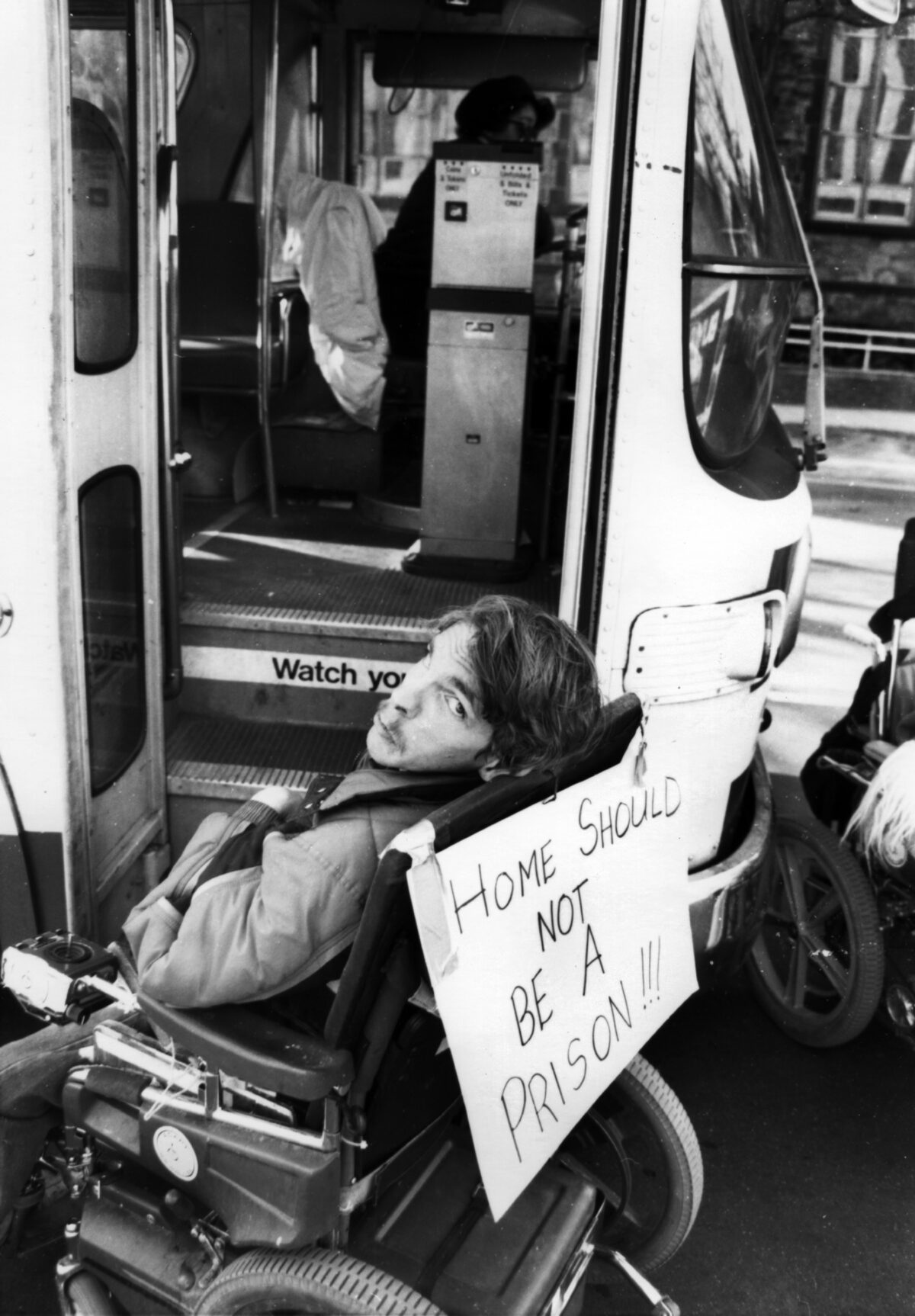
1968
The Fair Housing Act was passed to protect people from discrimination when they are renting or buying a home, getting a mortgage, seeking housing assistance, or engaging in other housing-related activities. In part, the Fair Housing Act was a response to the generations of government-sanctioned housing discrimination, including racist policies like redlining. The law prohibits discrimination on the basis of race, color, disability, religion, sex, familial status, or national origin. In 2015, the Department of Housing and Urban Development continued these efforts with the Affirmatively Furthering Fair Housing Rule. Today, marginalized communities continue the work to end ableism, racism, sexism, and all forms of discrimination in housing.
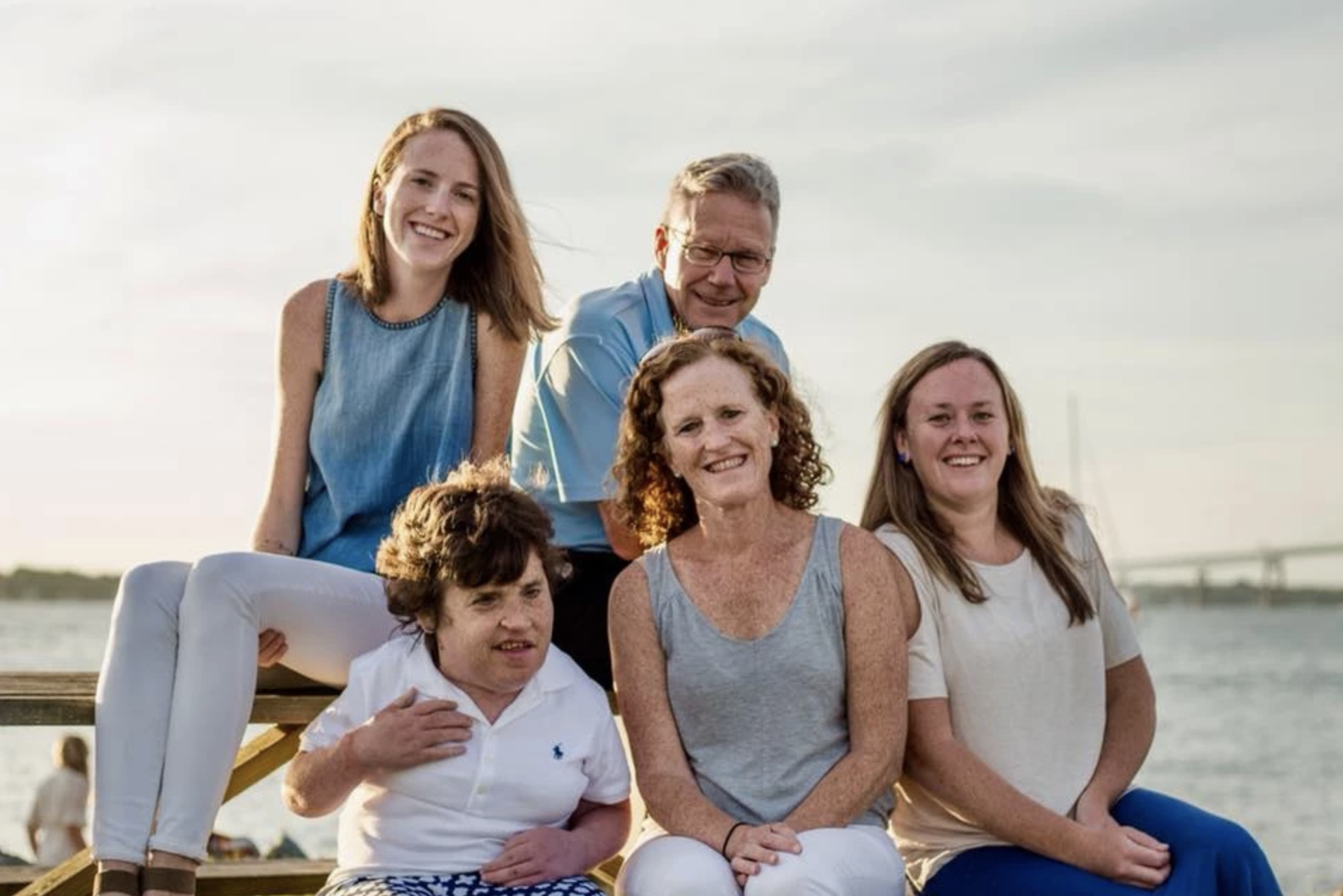
1987
Kelsey, the middle of three girls, was born on February 17 in Newport, Rhode Island to mother and father Jack and Chyleene O’Connor. Kelsey had significant, multiple disabilities. She and her family worked to advance more access and inclusion from schools to church, healthcare to housing.
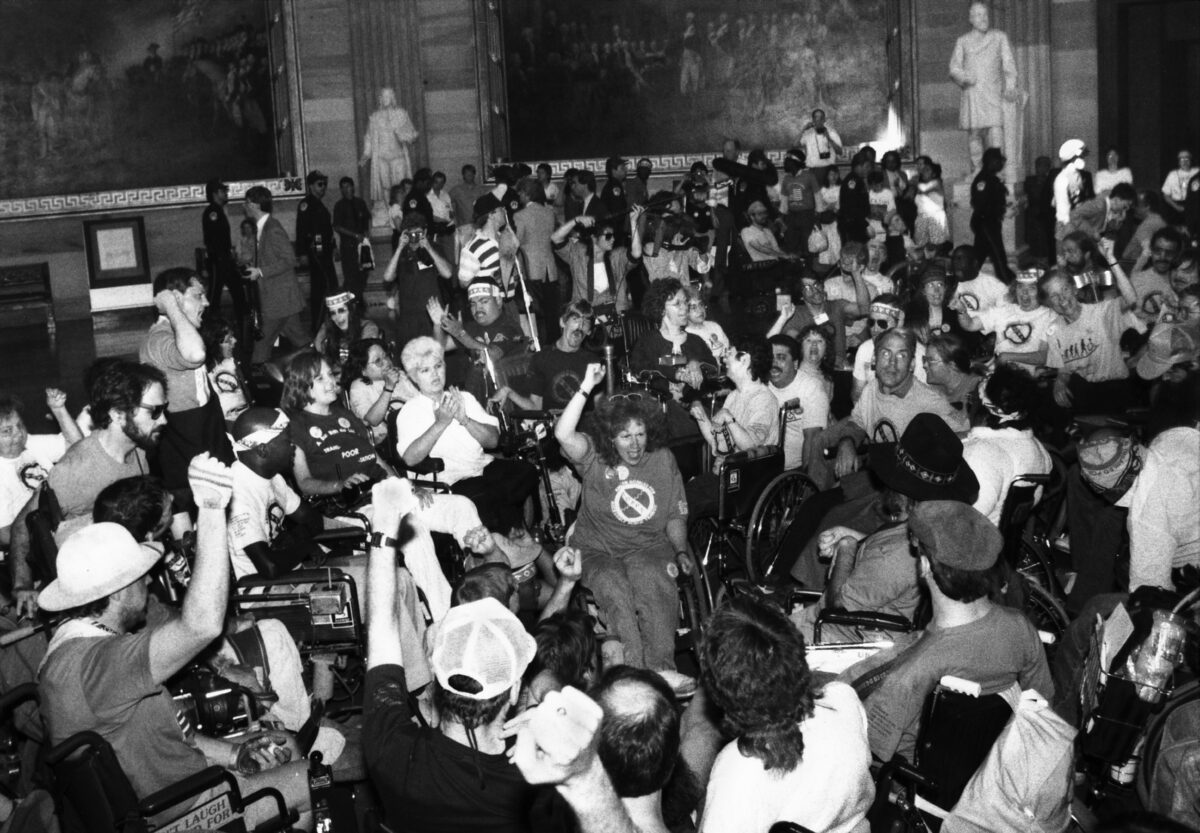
1999
The Olmstead decision declared that under the Americans with Disabilities Act (ADA) Title II, people with disabilities cannot be unnecessarily segregated and must receive services in the most integrated setting possible. This landmark decision was driven by Lois Curtis, a Black woman with disabilities, and Elaine Wilson, a white woman with disabilities, who bravely shared their stories and defended their right to live in the community, instead of the institutions where they were forced to live. The Olmstead decision continues to be a catalyst in transforming the state of housing and services for people with disabilities. Yet, there is still tremendous work ahead to ensure that community-based integrated, inclusive housing for all is fully realized.
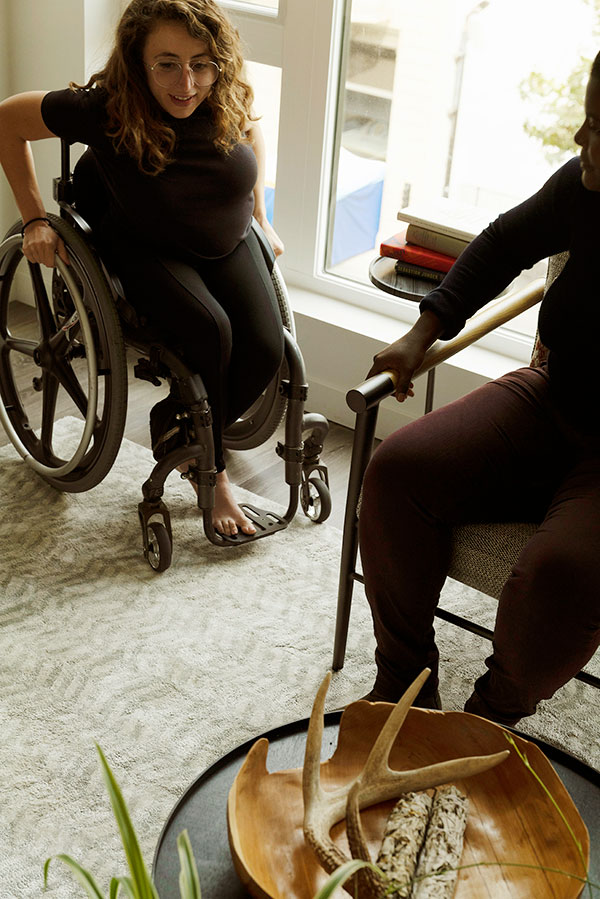
2010
The Frank Melville Supportive Housing Investment Act, also known as the Section 811 reform act, created new standards for the federally funded affordable, supportive housing program for non-elderly people with disabilities, affirming the Olmstead mandate of community integration. The program intends to stimulate a continuous, systematic, and state-oriented approach to the creation of integrated supportive housing for people with disabilities who are extremely low income, most often for people who rely on Supplemental Security Income. Despite the milestone of Section 811 reform and the housing it created, the program remains underfunded and has yet to meet the needs of all those who need it.
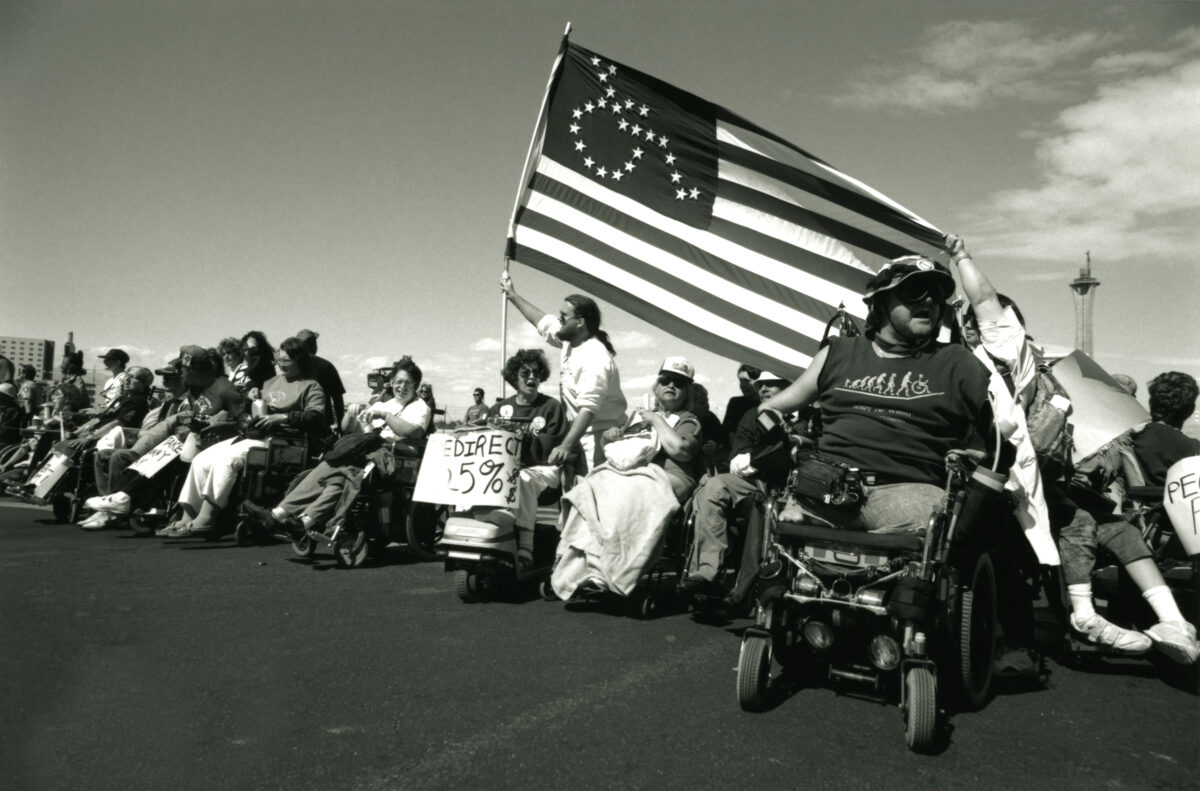
2014
The Home and Community Based Services (HCBS) Final Settings Rule was released by the Centers for Medicare & Medicaid Services. The rule is designed so that Medicaid’s home and community-based services programs in residential and non-residential settings provide full access to the benefits of community living and offer services in the most integrated settings. The HCBS Final Settings Rule was the result of years of advocacy by people with disabilities, especially people with intellectual and developmental disabilities, who despite the Olmstead decision, continued to have diminished control and choice over their housing and services. All states are required to implement the rule through state transition plans, yet the deadline for implementation continues to be extended. These extensions continue to threaten the full integration of people with disabilities.
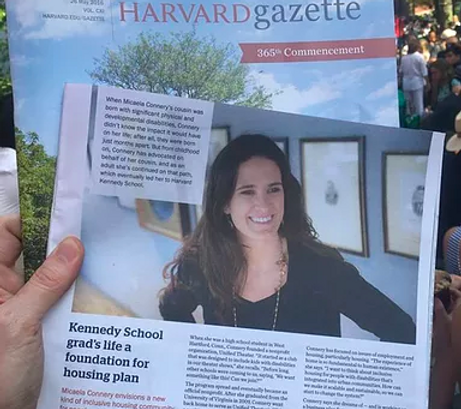
2017
Following Harvard-published research on disability housing in 2016, The Kelsey’s Together We Can Do More Report brought together over 300 Bay Area stakeholders from across sectors and communities to explore the challenges of affordable, accessible housing and to define a shared vision for inclusive community development. This organizing process led to the acquisition of the first of The Kelsey’s development sites and launching collaborative statewide and advocacy efforts.
History Still in the Making
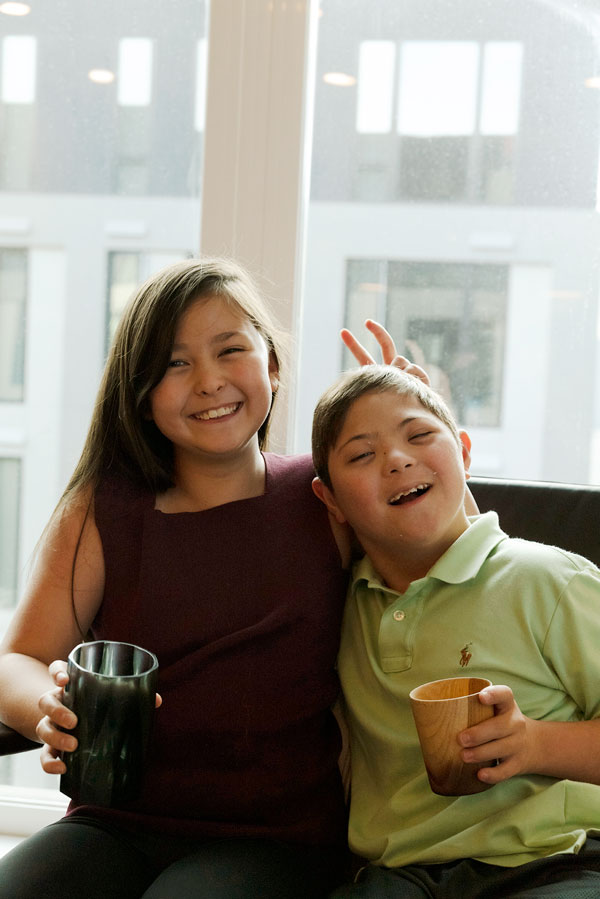 Throughout history, we’ve seen advancements towards accessible and inclusive housing for people with disabilities. Progress in the forms of the Fair Housing Act, the ADA, Olmstead and related state and local policies have supported this movement forward.
Throughout history, we’ve seen advancements towards accessible and inclusive housing for people with disabilities. Progress in the forms of the Fair Housing Act, the ADA, Olmstead and related state and local policies have supported this movement forward.
The future must continue this trajectory, alongside and with marginalized communities, particularly Black and brown people with and without disabilities, who continue to experience the generational impacts of racist and ableist housing policies and practices. It’s important that we don’t fall prey to segregation, institutional bias and medical models.
By advancing housing developments and policies that are accessible, inclusive and that center the ideas and leadership of those with lived experience, we honor the decades of hard work of disability advocates and allies who fought and continue to advocate for the promise of inclusion.